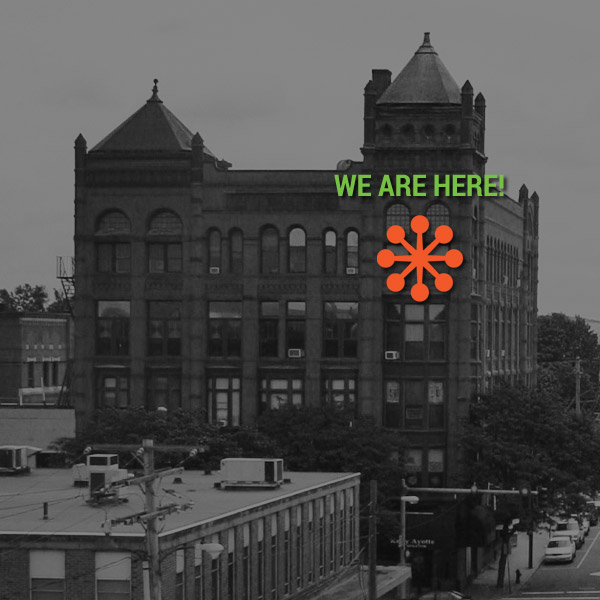While most small businesses put most of their marketing efforts and resources into SEO and social media, it may be time to re-evaluate boosting your pay per click strategy. There always seems to be great debate regarding the effectiveness of PPC, but it is here to stay because it seems to generate the return businesses are looking for. But, how to know where to start and what works and what doesn’t? In some recently generated research data, 99Firms has zeroed in on the reality of where the current state of PPC seems to be. The following is taken directly from their published findings:
-
Businesses typically earn $2 for every $1 spent on Google Ads.
Based on the numbers above, Google Ads have an ROI of 200%. Note that this is the average as several factors impact the ROI in Google Ads. However, it seems to be a good enough reason for small businesses to continue investing in paid advertising. Based upon research results published on Wordstream, the average small business invests between $9,000 and $10,000 per month in Google Ads campaigns. (Google Economic Impact, Wordstream)
-
Search advertising spending is projected to exceed $137 million by 2022.
The amount advertising specialists are investing in PPC has been steadily growing every year since 2009. In 2019, it reached nearly $105 million in the US. Display advertising spending was estimated at over $160 million and accounted for the largest ad spend share in 2019. (Statista)
-
45% of small businesses use PPC advertising.
A study from Clutch revealed that 45% of small business owners rely on PPC advertising even though their investments in PPC account for only 30% of their marketing budgets. (Clutch)
-
Paid search accounts for 39% of marketers’ budgets.
PPC advertising statistics from a recent study indicate that paid search is one of the top digital marketing channels. Paid search accounts for almost 40% of marketers’ total budgets, followed by paid social which accounts for 18% of marketers’ budgets, and display advertising at 16%. (Marin Software)
-
PPC is a huge business driver for 74% of brands.
Businesses that are already running PPC ads know how important they are in terms of revenue. 74% of them stated that PPC is a huge driver of business and accounts for a significant sales number. (Brainlabs Digital)
-
52% of PPC clicks come from mobile.
Mobile is responsible for 52% of PPC clicks. Additionally, 70% of paid search impressions come from mobile too. If you already haven’t, now is the high time to capitalize on mobile. (Marketing Dive, BizTraffic)
-
49% of people are most likely to click on a text ad.
Text ads are the most popular ad format according to PPC stats from a study by Clutch. Product listing ads and shopping ads take second place (31%), while video ads rank third with 16% of users favoring this ad format. However, the source also pointed out that ad format preferences depend on the websites people use. So, 55% of those who use Google prefer text ads. 50% of people who use Amazon prefer PLAs and shopping lists, and 36% of YouTube users favor video ads. (Clutch)
-
Over half of the shoppers that view/click on a paid advertisement call the business right after.
Consumers that engage with pay-per-click ads are usually ready or close-to-ready to purchase. 52% of the potential shoppers that see or click on a PPC ad are highly likely to call a business. (Lyfe Marketing)
-
75% of users click on ads as they help them find the information they need more easily.
Some of the most interesting pay-per-click advertising statistics relate to the reason why people click on search ads. A study from Clutch showed that the vast majority of users clicked on an ad because it helped them discover the information they were looking for more easily. Roughly one-third of the study participants said that ads gave them a direct answer to their search query. (Clutch)
-Written by Kevin Sawyer



